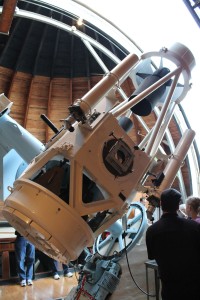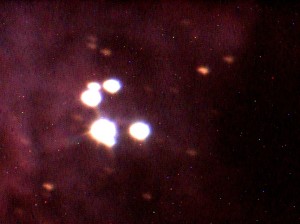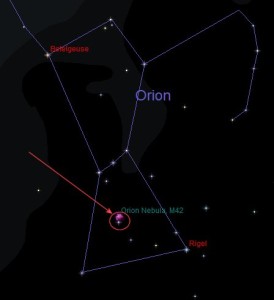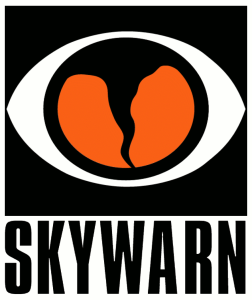Tonight we took advantage of the clear skies and new moon by opening the 36″ Goethe Link telescope. The weather this winter in Central Indiana has provided very few opportunities for amateur astronomers. Normally cold weather would not prevent us from using the Link Observatory or our own telescopes. However, observing this winter has been very difficult because of frequent snow storms and weeks of overcast conditions which have only allowed us to get out and observe one night this winter.
My wife and I are just starting to dip our toes into astrophotography. Like ham radio, astrophotography is a hobby that offers endless opportunities to spend money! We are trying to start slowly without sinking a fortune in specialized equipment. A friend loaned us a small planetary camera to try out before we purchase our own.
We decided to try it out on the Link 36 inch scope last night. Our first photo clearly shows our lack of experience. However, it was really exciting to see our first crude image materialize on the laptop’s screen. The photo on the left is of M42, the Orion Nebula. It shows the Trapezium (stars which form a trapezoid) and the large Nebula (gas and dust around the Trapezium). The Orion Nebula is visible with binoculars but you won’t see any color with binoculars because our night adjusted eyes cannot see the color. However a CCD camera can capture the color. I’m hoping our astrophotography skills will improve with more practice.
If you would like to look at the Orion Nebula in your binoculars here is a chart that will help you locate it.
73,
Fred, KC9QQ





